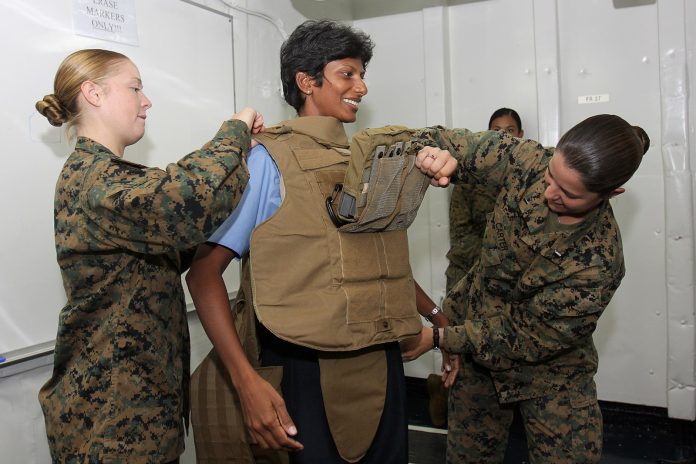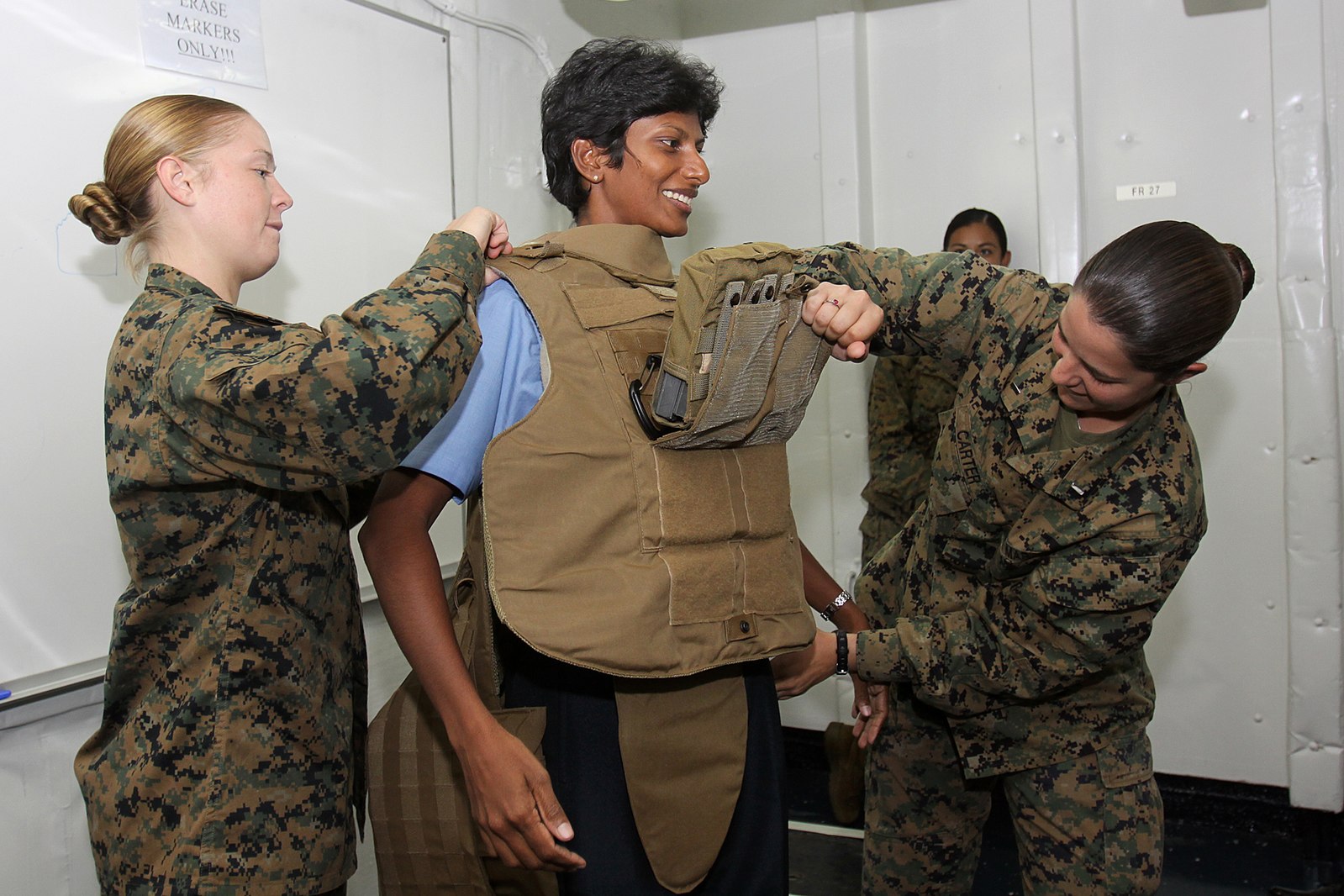
The latest advancements in body armor have culminated in a breakthrough that combines featherlight comfort with the highest level of ballistic protection.
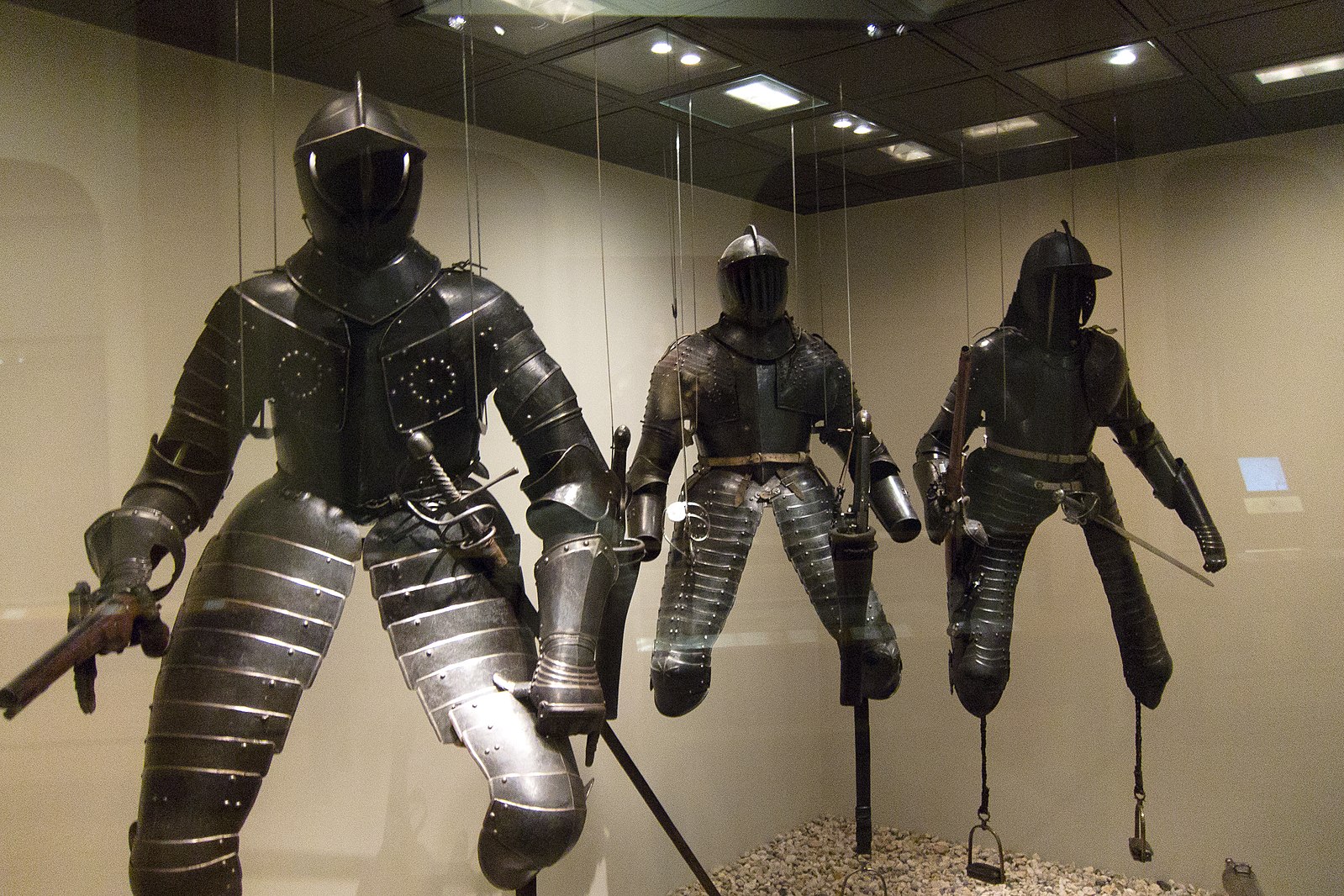
The new line of body armor plates, praised by users for their surprising lightweight and durability, offers Level IV protection—capable of withstanding armor-piercing rifle rounds according to the National Institute of Justice (NIJ) standards.
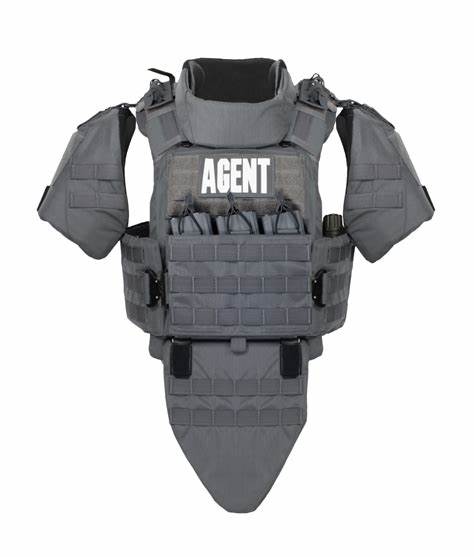
Understanding the various armor levels outlined by the National Institute of Justice (NIJ) is essential in selecting the right protective gear. The NIJ categorizes body armor into five ballistic levels: Level IIA, Level II, Level IIIA, Level III, and Level IV.
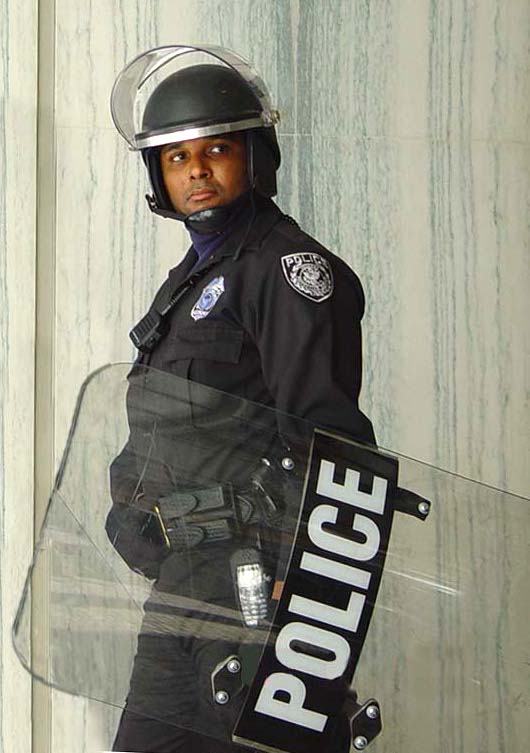
These levels indicate the armor’s ability to resist different types of rounds at varying velocities. Level IIA provides defense against lower velocity 9mm and .40 S&W ammunition, while Level II offers increased protection against higher velocity .357 Magnum and 9mm rounds. Level IIIA offers even greater protection, suitable for high-velocity 9mm and .44 Magnum ammunition.
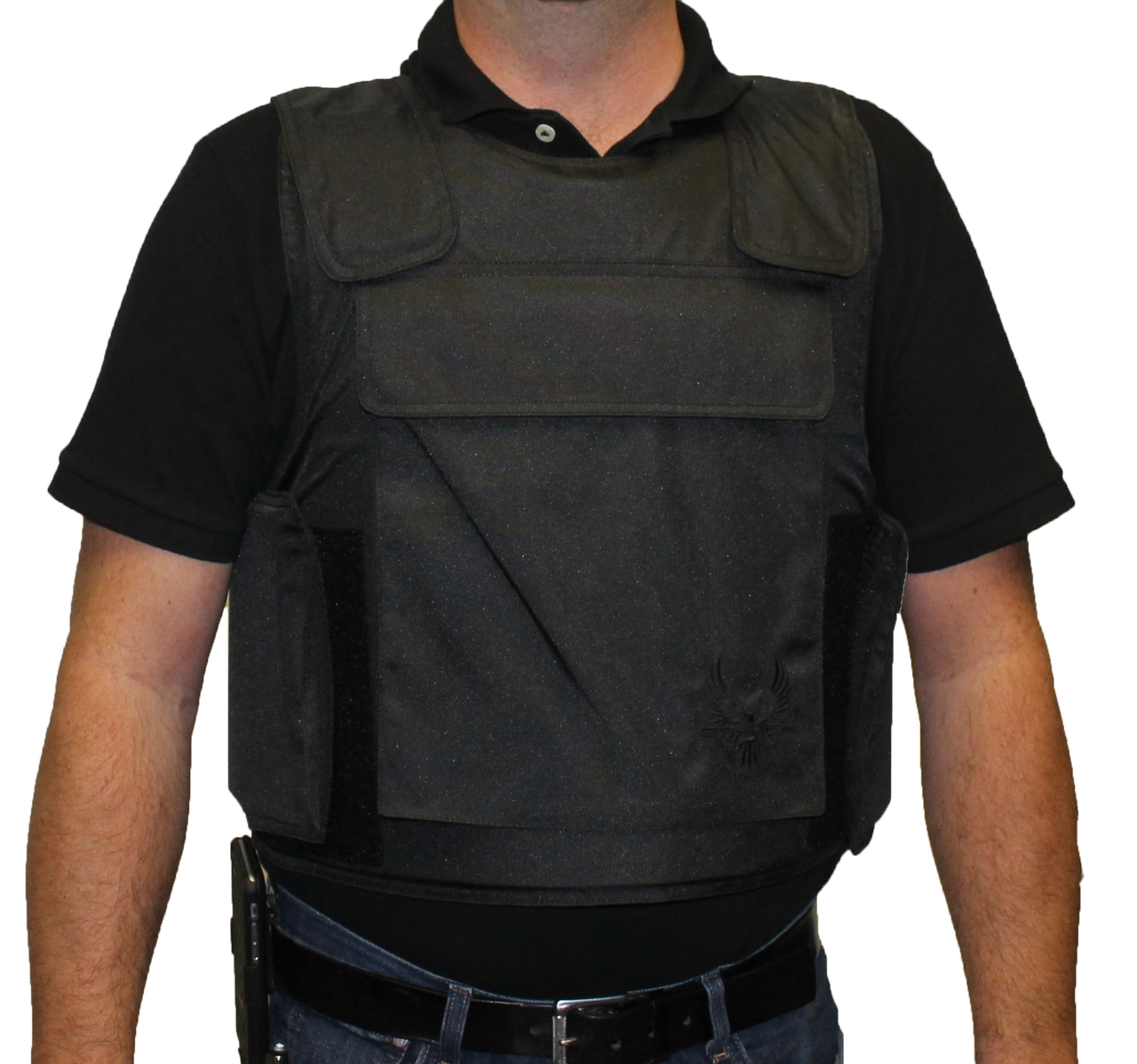
Level III is designed to resist rifle rounds, specifically 7.62mm FMJ lead core rifle ammunition, whereas Level IV, the highest NIJ body armor level, is built to withstand armor-piercing rifle rounds. While each armor level offers improved ballistic protection, it’s essential to consider factors such as comfort and mobility when choosing the appropriate level for your specific requirements.
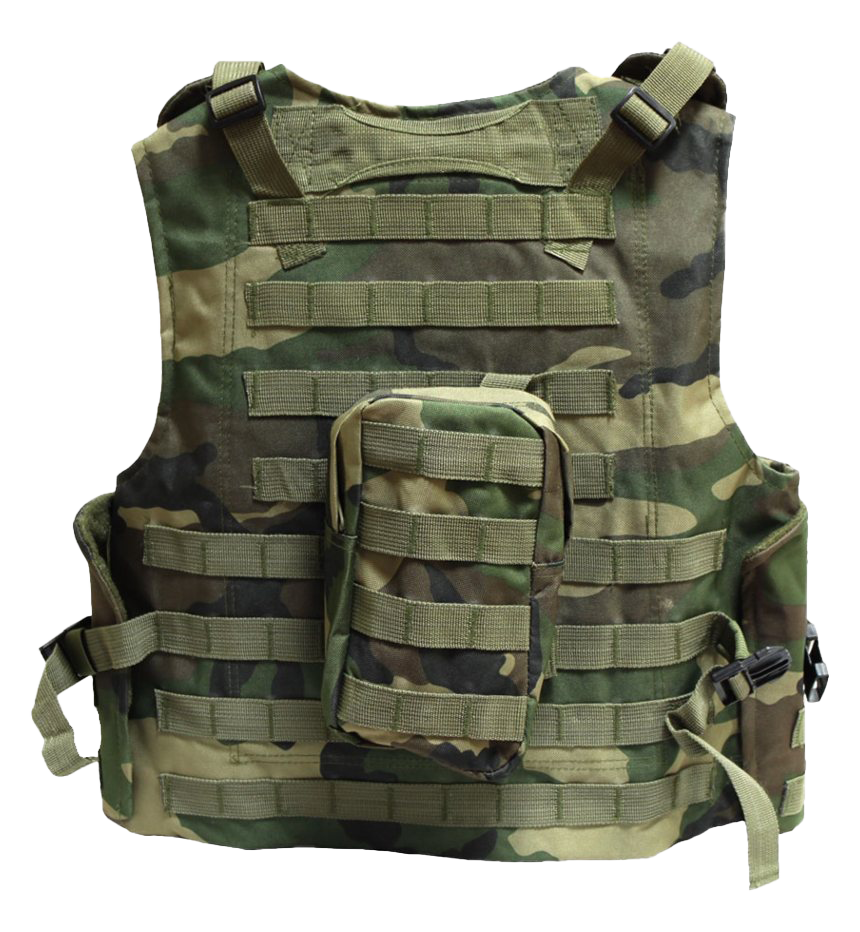
The current standard governing the body armor industry is the 6th revision of the 0101.06 standard, often referred to as the .06 Standard. This standard establishes the NIJ protection levels, indicating the type of ammunition body armor can resist at different levels. Under the .06 Standard, there are five protection levels (IIA, II, IIIA, III, IV).
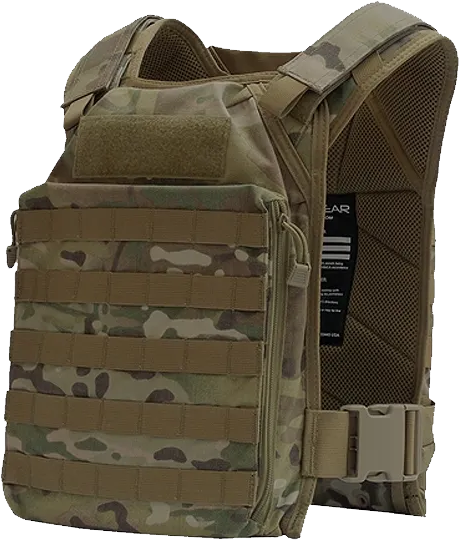
The “A” designation in levels IIA and IIIA denotes that the body armor provides enhanced protection compared to the level below it but doesn’t meet the standards of the next level fully.

Each level undergoes testing with specific rounds at particular distances and velocities, ensuring compliance with standards. During testing, the bullet must not penetrate the armor, and there are also limits on back force deformation, determining how much the armor’s back is pushed out.
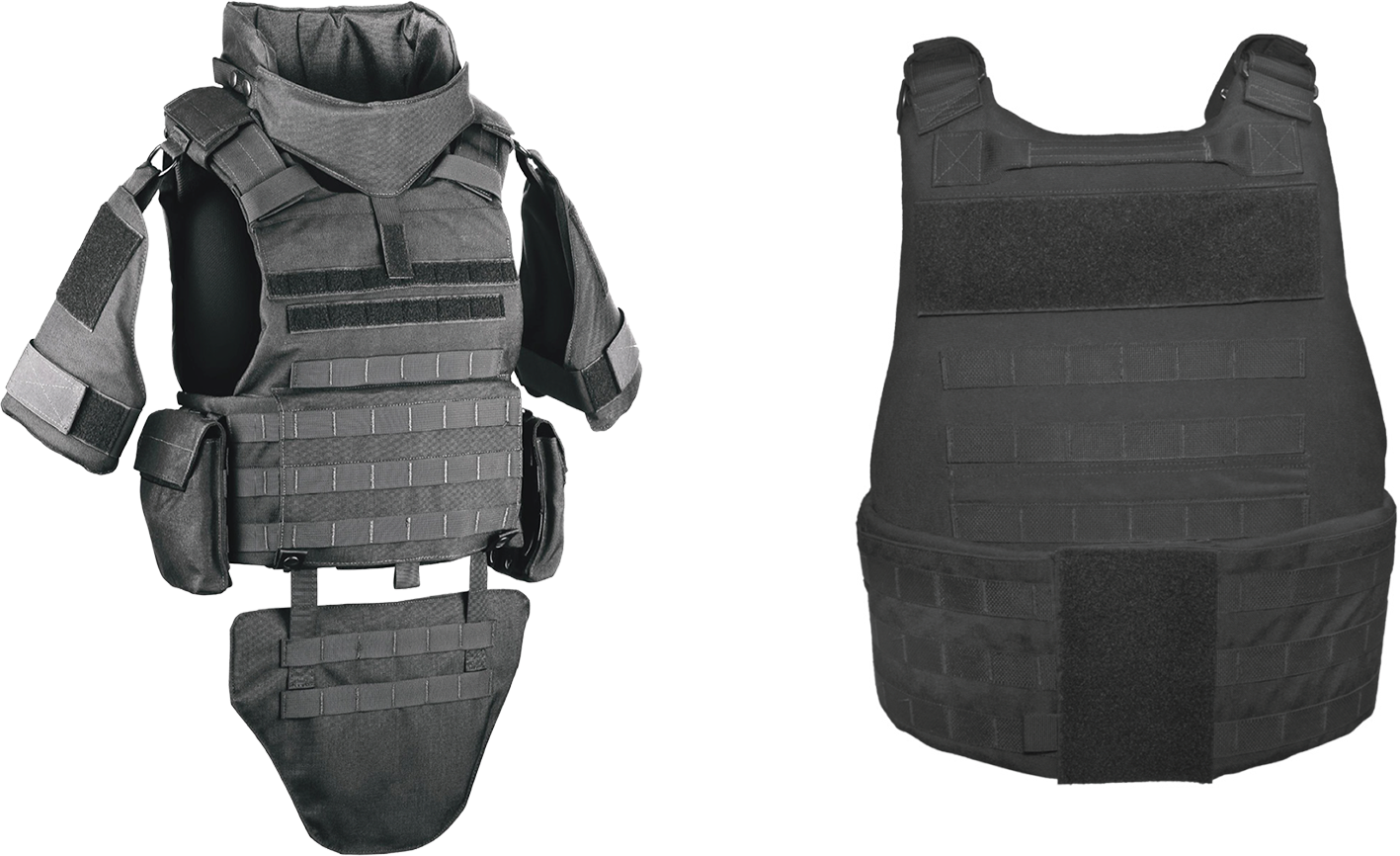
In the United States, the National Institute of Justice (NIJ) establishes body armor standards to assist law enforcement and military personnel in selecting suitable protective gear. This rating system categorizes armor based on its ability to withstand ballistic threats and comprises five levels: Level IIA, Level II, Level IIIA, Level III, and Level IV.
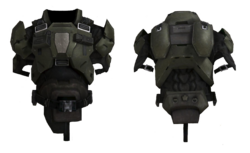
The NIJ conducts comprehensive and meticulous testing procedures. These tests encompass various factors including the examination of both new and used vests, diverse sizes of the product, and shots from specific angles.
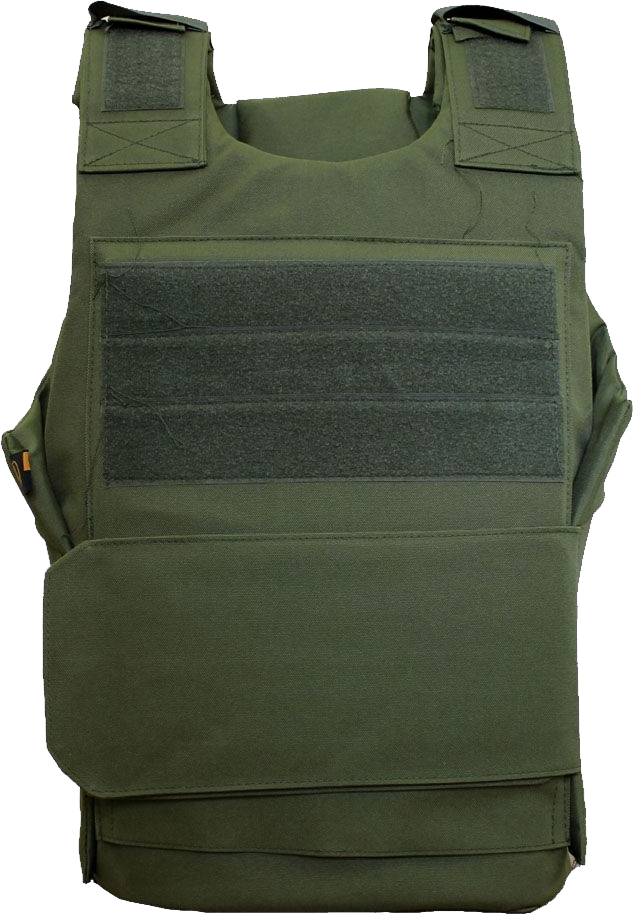
Vests and plates undergo a series of environmental and conditioning trials, subjecting them to extreme elemental changes such as significant heating and cooling before facing ballistic threats. This rigorous process aims to simulate real-world scenarios where body armor may experience wear and tear over time.
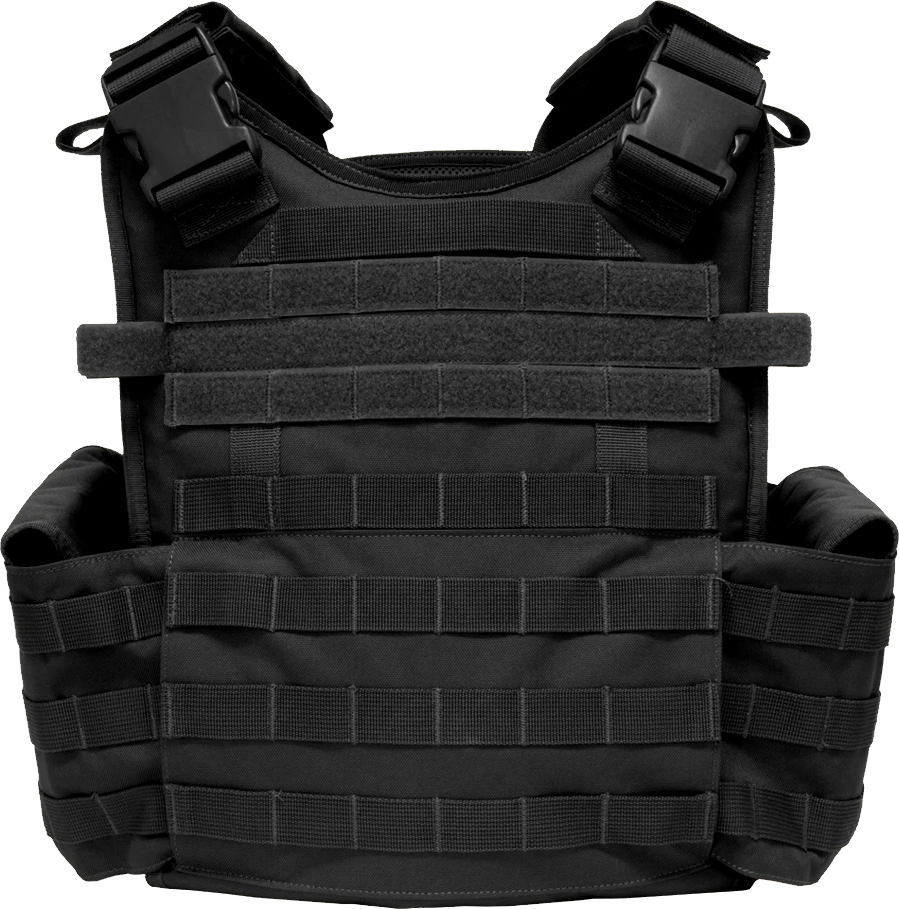
To successfully navigate the NIJ Testing protocol, armor must exhibit exceptional construction and design, ensuring resilience against ballistic threats even after years of simulated use.
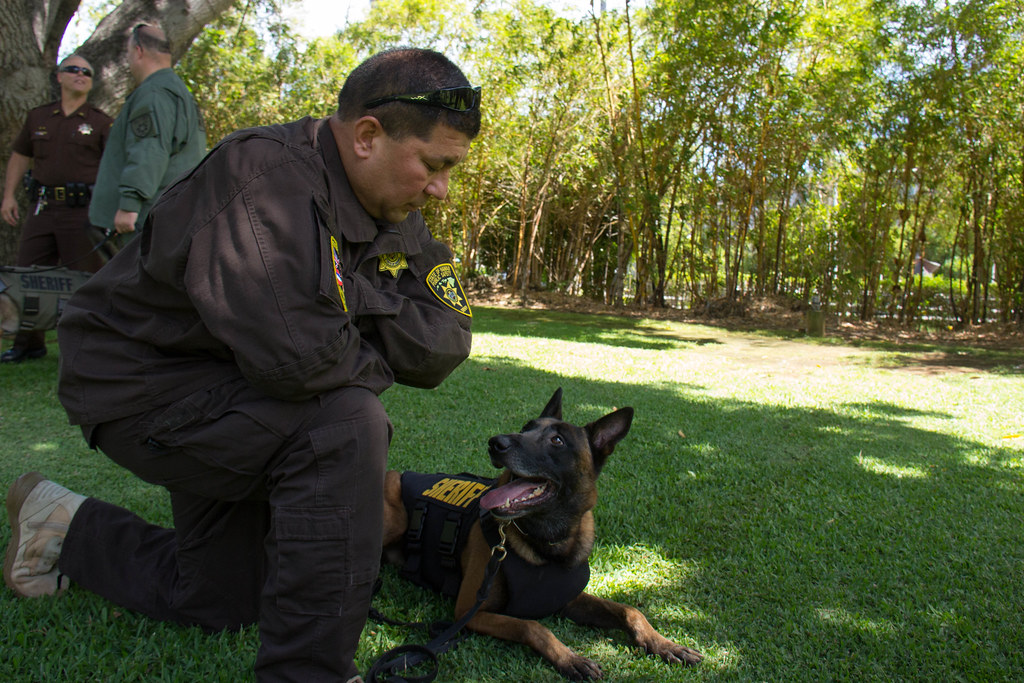
When buying body armor, the protection level is a crucial consideration. While Level IV armor exists, it may not necessarily be the most suitable choice for everyone. If armor-piercing threats are unlikely in your area, the weight and cost of Level IV armor might not be practical.
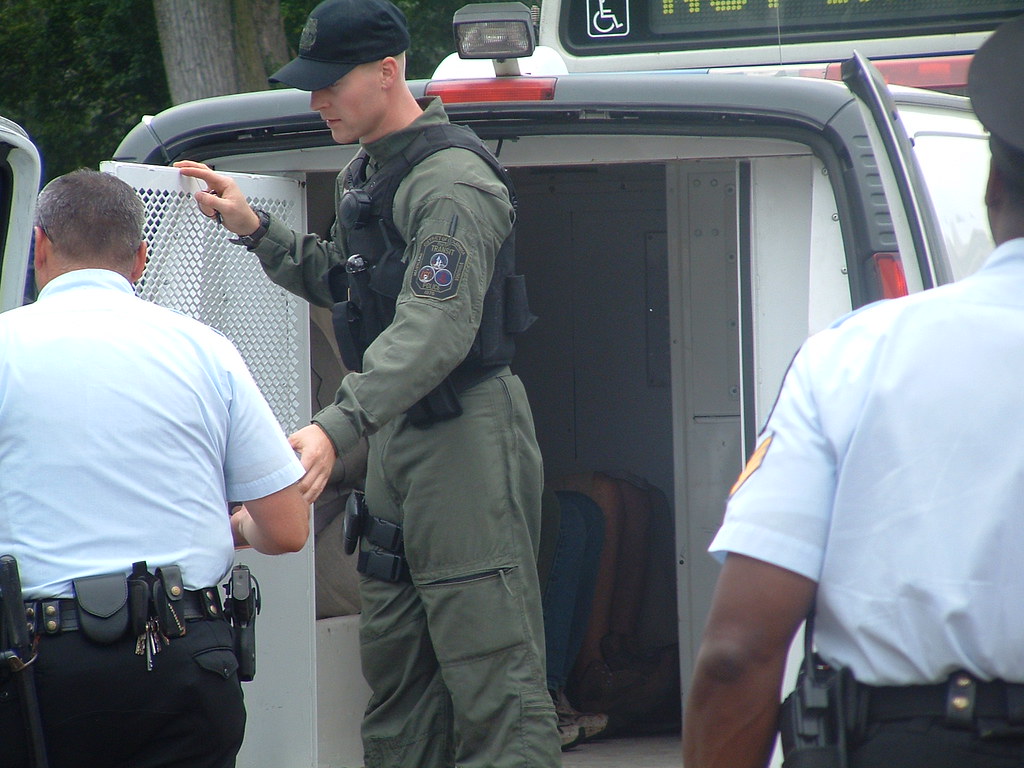
It’s essential to consider factors such as your occupation, the locations you frequent, and potential threats in your vicinity before deciding on the appropriate level of body armor.
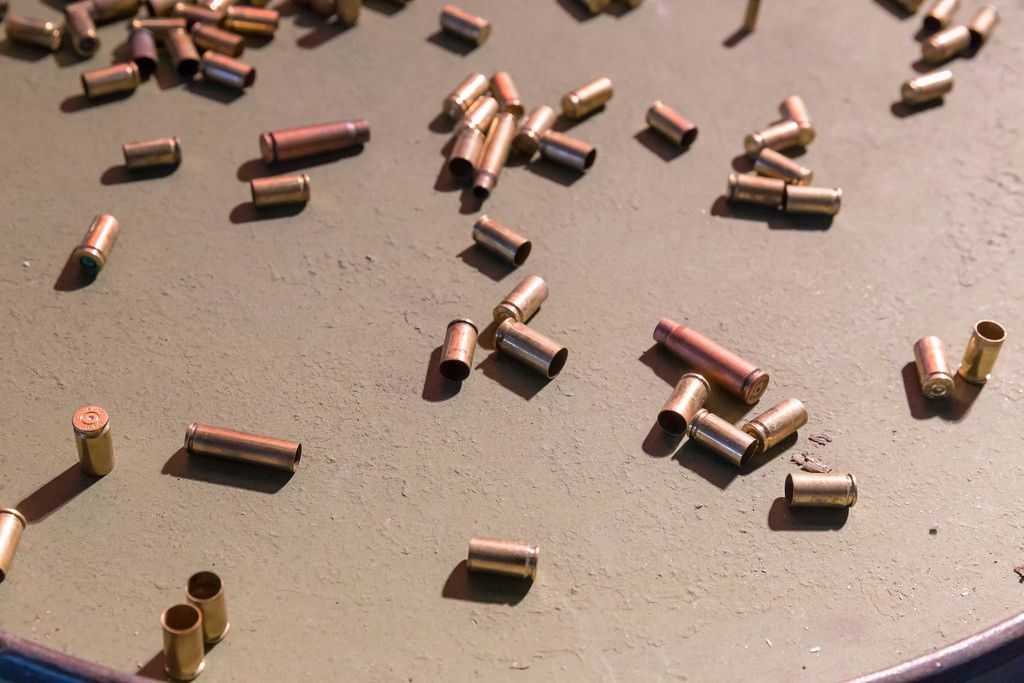
The NIJ stands as the exclusive national standard for body armor. Manufacturers of body armor opt to submit their products for testing under the NIJ Voluntary Compliance Testing program. Consequently, if a company fails to submit its body armor for testing or comply with the NIJ’s standards, it signifies a lack of effort (or investment) in ensuring their products meet law enforcement standards.
Relevant articles:
– Bulletproof Body Armor, LifePro Shield
– Understanding Body Armor Ratings, Premier Body Armor
